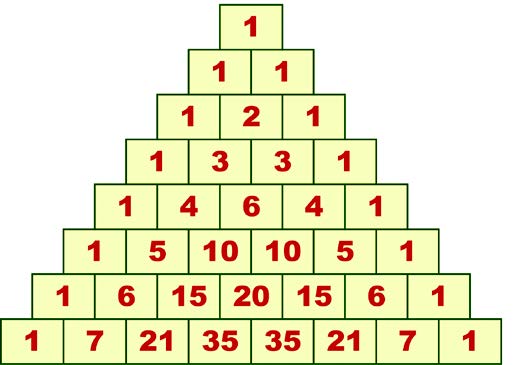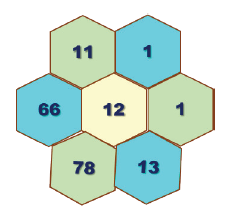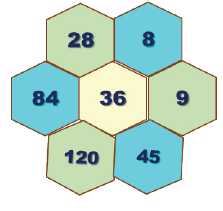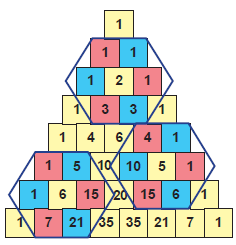- State Board
-
12th Standard
-

Biology
-

Computer Applications
-

Computer Science
-

Business Maths and Statistics
-

Commerce
-

Economics
-

Maths
-

Chemistry
-

Physics
-

Computer Technology
-

History
-

Accountancy
-

Tamil
-

Maths
-

Chemistry
-

Physics
-

Biology
-

Computer Science
-

Business Maths and Statistics
-

Economics
-

Commerce
-

Accountancy
-

History
-

Computer Applications
-

Computer Technology
-

English
12th Standard stateboard question papers & Study material
தமிழ் Subjects
English Subjects
-
-
11th Standard
-

Maths
-

Biology
-

உயிரியல் - தாவரவியல்
-

Economics
-

Physics
-

Chemistry
-

History
-

Business Maths and Statistics
-

Computer Science
-

Accountancy
-

Commerce
-

Computer Applications
-

Computer Technology
-

Tamil
-

Maths
-

Commerce
-

Economics
-

Biology
-

Business Maths and Statistics
-

Accountancy
-

Computer Science
-

Physics
-

Chemistry
-

Computer Applications
-

History
-

Computer Technology
-

Tamil
-

English
11th Standard stateboard question papers & Study material
தமிழ் Subjects
English Subjects
-
-
9th Standard
-

-

-

-

-

-

-

Maths
-

Science
-

Social Science
-

Maths
-

Science
-

Social Science
9th Standard stateboard question papers & Study material
தமிழ் Subjects
English Subjects
-
-
6th Standard
-

Maths
-

Science
-

Social Science
-

Maths
-

Science
-

Social Science
6th Standard stateboard question papers & Study material
தமிழ் Subjects
English Subjects
-
-
10th Standard
-

Maths
-

Science
-

Social Science
-

Tamil
-

Maths
-

Science
-

Social Science
-

English
-

English
10th Standard stateboard question papers & Study material
தமிழ் Subjects
English Subjects
-
-
7th Standard
-

Maths
-

Science
-

Maths
-

Science
-

Social Science
7th Standard stateboard question papers & Study material
தமிழ் Subjects
English Subjects
-
-
8th Standard
-

கணிதம் - old
-

Science
-

Social Science
-

கணிதம்
-

Maths
-

Science
-

Social Science
8th Standard stateboard question papers & Study material
தமிழ் Subjects
English Subjects
-
-
12th Standard
- CBSE Board
-
12th Standard CBSE
-

Biology
-

Chemistry
-

Physics
-

Maths
-

Accountancy
-

Business Studies
-

Economics
-

Introductory Micro and Macroeconomics
-

Computer Science
-

Geography
-

English
-

History
-

Indian Society
-

Physical Education
-

Sociology
-

Political Science
-

Engineering Graphics
-

Bio Technology
-

Entrepreneurship
-

Hindi Elective
-

Home Science
-

Legal Studies
-

Psychology
-

Hindi Core
-

Tamil
12th Standard CBSE Subject Question Paper & Study Material
-
-
11th Standard CBSE
-

Physics
-

Mathematics
-

Chemistry
-

Biology
-

Economics
-

Business Studies
-

Accountancy
-

Computer Science
-

English
-

Geography
-

History
-

Physical Education
-

Psychology
-

Sociology
-

Bio Technology
-

Enterprenership
-

Hindi
-

Home Science
-

Political Science
-

Applied Mathematics
11th Standard CBSE Subject Question Paper & Study Material
-
- 10th Standard CBSE
-
9th Standard CBSE
-

Social Science
-

Mathematics
-

Science
-

English
-

Hindi
9th Standard CBSE Subject Question Paper & Study Material
-
-
8th Standard CBSE
-

Social Science
-

Science
-

Mathematics
-

English
8th Standard CBSE Subject Question Paper & Study Material
-
-
7th Standard CBSE
-

Social Science
-

Science
-

Mathematics
-

English
7th Standard CBSE Subject Question Paper & Study Material
-
-
6th Standard CBSE
-

Social Science
-

Science
-

Mathematics
-

English
6th Standard CBSE Subject Question Paper & Study Material
-
-
12th Standard CBSE
- Free Online Test
- News
- Study Materials
-
Students
-

Stateboard Tamil Nadu
-

CBSE Board
-

Free Online Tests
-

Educational News
-

Scholarships
-

Entrance Exams India
-

Video Materials
Study Materials , News and Scholarships
-
-
Students

7th Maths Term 2 Information Processing Model Question Paper Question Bank Software Oct-30 , 2019
Term 2 Information Processing
Term 2 Information Processing Model Question Paper
7th Standard
-
Reg.No. :
Maths
Time :
00:45:00 Hrs
Total Marks :
30
-
Identify the correct relationship between x and y from the given table.
x 1 2 3 4 ... y 4 8 12 16 ... (a)y = 4x
(b)y = x + 4
(c)y = 4
(d)y = 4 × 4
-
Identify the correct relationship between x and y from the given table.
x -2 -1 0 1 2 ... y 6 3 0 -3 -6 ... (a)y = −2x
(b)y = +2x
(c)y = +3x
(d)y = −3x
-
The elements along the sixth row of the Pascal’s Triangle is
(a)1, 5, 10, 5, 1
(b)1, 5, 5, 1
(c)1, 5, 5, 10, 5, 5, 1
(d)1, 5, 10, 10, 5, 1
-
The difference between the consecutive terms of the fifth slanting row containing four elements of a Pascal’s Triangle is
(a)3, 6,10,…
(b)4, 10, 20,…
(c)1, 4, 10,…
(d)1, 3, 6, …
-
What is the sum of the elements of nineth row in the Pascal’s Triangle?
(a)128
(b)254
(c)256
(d)126
-
Choose the correct relationship between x and y from the given table.
x -2 -1 0 1 2 ... y 4 5 6 7 8 ... (a)y = x + 4
(b)y = x + 5
(c)y = x + 6
(d)y = x + 7
-
Find the trianglular numbers from the Pascal’s Triangle and colour them.

-
Verify whether the following hexagonal shapes form a part of the Pascal’s Triangle.

-
Verify whether the following hexagonal shapes form a part of the Pascal’s Triangle.

-
In the following figures, polygons are formed by increasing the number of sides using matchsticks as given below.

Find the number of sticks required to form the next three shapes by tabulation and generalisation. -
Tabulate the 3rd slanting row of the Pascal’s Triangle by taking the position of the numbers in the slanting row as x and the corresponding values as y.
x 1 2 3 4 5 6 ... y 1 3 6 10 15 21 ... Verify whether the relationship, y = \(\frac { x(x+1) }{ 2 } \) between x and y for the given values is true.
-
Can row sum of elements in a Pascal’s Triangle form a pattern?
-
Observe the numbers in the hexagonal shape given in the Pascal’s Triangle. The product of the alternate three numbers in the hexagon is equal to the product of remaining three numbers. Verify this


6 x 1 = 6
3 x 2 = 6
1 x 3 = 3
3 x 5 = 15






 7th Standard Maths Syllabus
7th Standard Maths Syllabus 

Reviews & Comments about 7th Maths Term 2 Information Processing Model Question Paper
Write your Comment